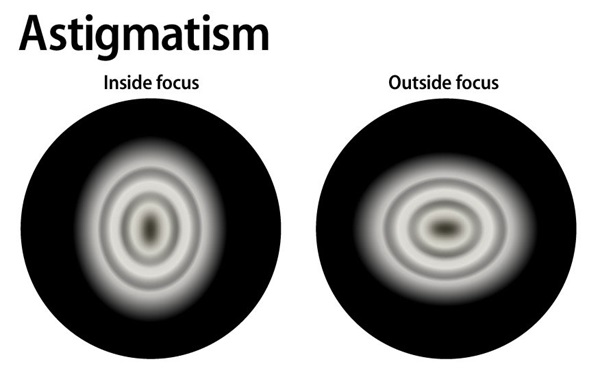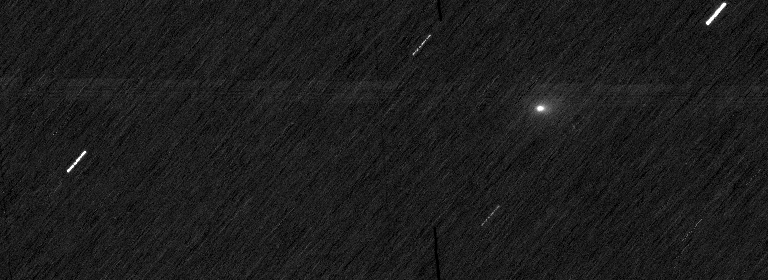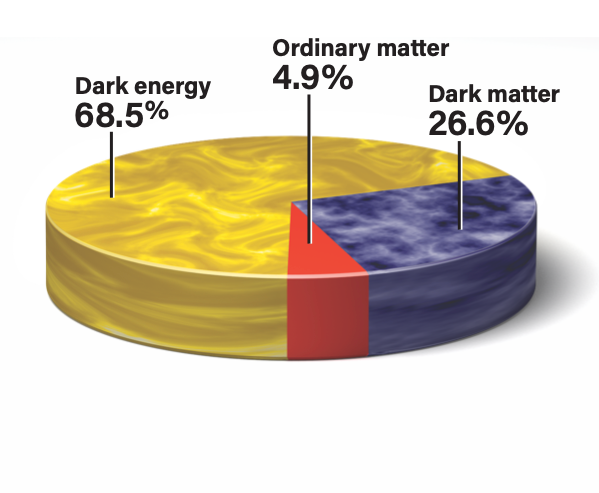Key Takeaways:
1. No matter what kind of camera you’re using, it must sit on a mount to track the movement of the sky. Much has been written about periodic error, a physical problem with the mount, but that’s not what defines good tracking; the lack of “play” between the gears does. You need to guide, which takes care of any periodic error. In fact, you should turn off periodic error correction when guiding to prevent “double correcting” the guide star and creating confusion. With a lot of slop between the gears, the guiding corrections will have a hard time getting the job done. If you have a poorly constructed mount, using something like the Starlight Xpress Adaptive Optics unit will replace your mount’s missing accuracy to effect accurate guiding.
3. Ideally, coma should be absent from the optical design. This lens aberration is responsible for turning stars into the classic “flying seagull” shapes in the corners of your image. To a great extent, coma is dependent on the f/ratio of the telescope: Fast telescopes (f/4, for example) are far more prone to coma than slower ones (f/11). Commercial “coma correctors,” if your telescope maker doesn’t provide one, can deal with this problem.
5. Another desirable characteristic is apochromatic optics. If you have a mirror system, your optics are automatically apochromatic, but it’s a more difficult trick to get a refractor to focus all the wavelengths of light into exactly the same focal point. Recall that a prism separates light into a spectrum — that’s what we don’t want! Ideally, light passing through a glass objective will come out the way it went in. Cheap objectives will require refocusing between the colors, something you can do with automated software and a reliable electric focuser. Otherwise, part of your RGB sequence will be out of focus.
6. Finally, look for focus stability. Many telescopes change focus as the temperature drops, but this is minimized by constructing the telescope from thermally inert materials (like certain carbon fibers) that don’t change shape with changes in temperature. Unfortunately, these exotic components usually make for more expensive “higher-end” telescopes. Some cleverly made refractors feature designs that compensate for the change of focus due to cooling by changing the length of the telescope tube, thereby keeping the focus constant.
As you can see, building the perfect telescope for astrophotography is no easy trick. If you have one that works, remember to thank the maker!












